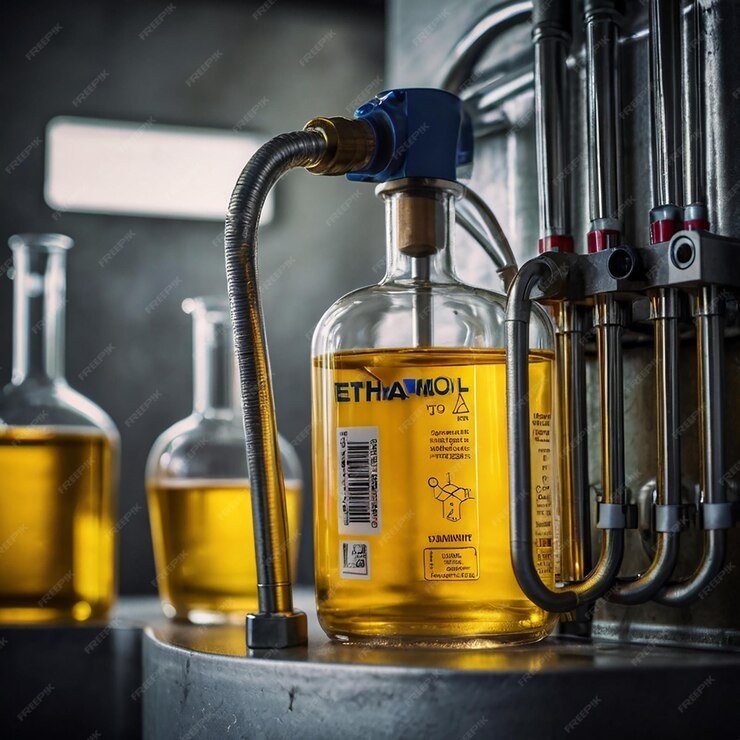Low Ethanol Offtake and Stable MSP May Hinder Cane Payments
29-Oct-2025 02:00 PM

New Delhi. The Indian Sugar and Bio Energy Manufacturers Association (ISMA) has expressed deep concern over the significant reduction in ethanol allocations to the sugar industry, warning the government that this will reduce the operational capacity utilization of distilleries,
reduce sugar diversion, increase surplus sugar stocks, and sharply increase sugarcane producer dues in the current 2025-26 marketing season (October-September) as sugar mills will not be able to pay farmers for sugarcane in a timely manner.
Only 289 crore liters of sugarcane-based ethanol has been allocated for the 2025-26 marketing season (November-October), representing a mere 28 percent of the total allocated ethanol quota. On the other hand, grain-based distilleries have been allocated a quota of 7.6 billion liters, or 72 percent, of ethanol.
The sugar industry has invested a massive sum of over 40,000 crore rupees to build a capacity of over 9 billion liters. A NITI Aayog report states that by the 2025-26 marketing season, a total of 1,016 crore liters of ethanol will be required for blending 20 percent ethanol in petrol,
and the sugar industry's contribution to this figure could be 5.5 billion liters, or 55 percent. However, when the quota is so low, how will the industry be incentivized to increase production?
Producing this 2.89 billion liters of ethanol will require the diversion of 3.4 million tons of sugar, which is less than 50 percent of the industry's total capacity. This will exacerbate the industry's cash flow crisis and delay payments to sugarcane farmers.
ISMA states that the Fair and Remunerative Price (FRP) of sugarcane increased from ₹305 per quintal in the 2022-23 season to ₹355 per quintal by the 2025-26 season, but the selling price of ethanol produced from sugarcane juice and B-heavy molasses remained unchanged during this period.
Furthermore, the ex-factory minimum selling price (MSP) of sugar has remained unchanged for the past five to six years, despite significant increases in production costs. The government should address these concerns seriously.
